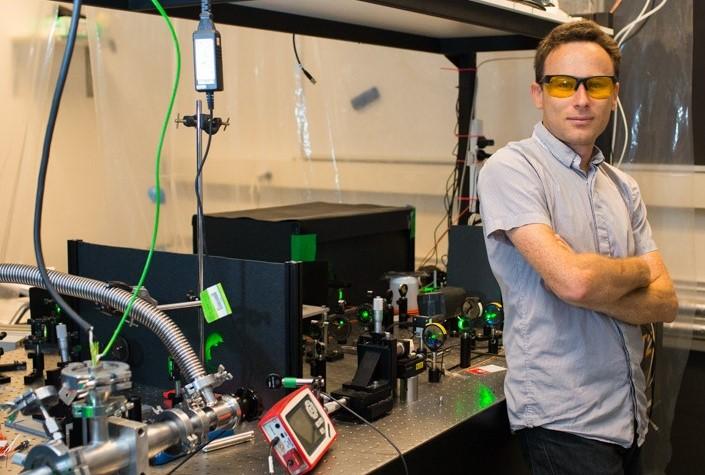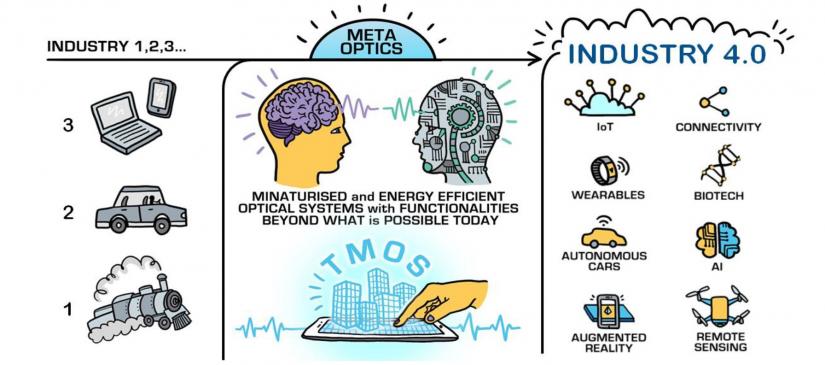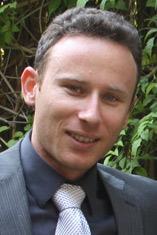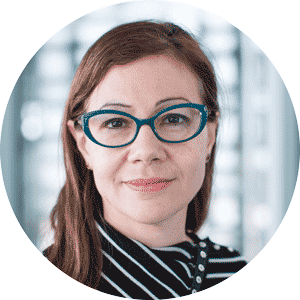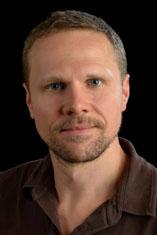Meta-optics, as it’s known, has implications for everything from manufacturing to health care, as it shrinks optical components to nanoscale – or thousands of times thinner than human hair. “It will allow industry to miniaturise the optical components they use, giving them capabilities that aren’t available today,” says Australian physicist and materials engineer Professor Igor Aharonovich.
In coming years that could mean, among other things, real-time holographic displays in medicine and communication, ultra-fast, light-based wi-fi and advances in areas such as autonomous vehicles, augmented reality, artificial intelligence, wearable sensors and remote sensing.
“Many of these things are possible but not yet practical,” Professor Aharonovich says. “You need a new technology to make them real, and that’s why we should be excited about meta-optics.”
Professor Aharonovich is from the School of Mathematical and Physical Sciences at the University of Technology Sydney (UTS), one of five Australian universities partnering in a new research centre focusing on technologies that harness meta-optics.
Australia’s Federal Government has provided $35 million to establish the Australian Research Council (ARC) Centre of Excellence for Transformative Meta-Optical Systems (TMOS), based at the Australian National University. As well as ANU and UTS, it includes researchers from the University of Melbourne, the University of Western Australia and RMIT, along with partners around the world.
TMOS will drive research in smart and miniaturised optical technologies that link the digital and physical worlds through light, translating this into applications in transport, health, security, defence, agriculture, entertainment and education.
These could also include tiny optical systems that monitor a driver’s fatigue; smaller, smarter, faster and cheaper wearable optical sensors that better monitor our health; holographic displays and augmented reality that provide more immersive classroom education; and laser technology that helps autonomous vehicles avoid hazards.
Professor Aharonovich, who will lead the UTS node for TMOS, says a revolution in optics will be vital to what’s been dubbed the fourth industrial revolution, or Industry 4.0.
The focus of the UTS team, which also includes materials experts Professor Francesca Iacopi and Professor Milos Toth, will be fabrication and the sources of light to put on these new meta-optical structures.
“We’re talking about something that’s measured in nanometres (a billionth of a metre), so fabrication is a challenge,” Professor Aharonovich says. “Identifying the right materials, with the right properties, for each job will also be a challenge. As you can imagine, not every material can be inserted into such a small structure.”
The UTS team will build on their ground-breaking research into materials that are just one atom thick but which have unique photonic and opto-electronic properties. “We want to integrate those with a meta-optical device – we want to put a photon onto a meta-lens – so we can have the entire generation, manipulation and collection of light on a single chip,” Professor Aharonovich says.
Embedded with a miniature component that can project light, our mobile phones could – in the not too distant future – let us talk to each other via holographic display projections. In surgery, a meta-lens on the end of a pair of surgical tweezers could produce a hologram of an organ, rather than surgical teams relying on a two-dimensional image on a screen or performing more invasive procedures.
Part of our proposal is to attach these miniature cameras to the glasses of firefighters.
— Professor Igor Aharonovich, School of Mathematical and Physical Sciences
Defence and emergency services is another area where meta-optics will have application, particularly where infra-red is used now. “Part of our proposal is to attach these miniature cameras to the glasses of firefighters,” says Professor Aharonovich. “With a small enough device you could see through the smoke very clearly.”
In all of this, we’re moving beyond Snell’s Law – what we learned about light at school or university. “We’re moving beyond what is ‘normal’ light refraction and reflection,” he says. “We now have to understand better how light is bent at the nanoscale length.”
Promoting an interest in STEM
Outreach into schools will be part of the mission of the new Centre of Excellence for Transformative Meta-Optical Systems (TMOS), as it seeks to inspire interest in science, technology, engineering and maths among the next generation.
“In Australia, we have now – particularly in the field of meta-optics and photonics – a lot of knowledge, a lot of expertise, and we really need to communicate it to kids at school level to inspire them,” says Professor Aharonovich, who will lead TMOS’s outreach efforts.
We want to work with teachers to improve their own understanding of the new optics, and to help them to teach it in class to make it more interactive and appealing.
— Professor Igor Aharonovich
“We want to work with teachers to improve their own understanding of the new optics, and to help them to teach it in class to make it more interactive and appealing. This is something that wasn’t available when they were studying for their degree. It’s a new, interesting part of science.”
Research team
-
Professor, School of Mathematical and Physical Science
-
Professor, School of Electrical and Data Engineering
-
Professor, School of Mathematical and Physical Sciences
Faculty
- School of Mathematical and Physical Sciences
Research centre
- Centre of Excellence for Transformative Meta-Optical Systems (TMOS)
Partners
- Austrailan National University
- RMIT University
- University of Melbourne
- University of Western Australia
